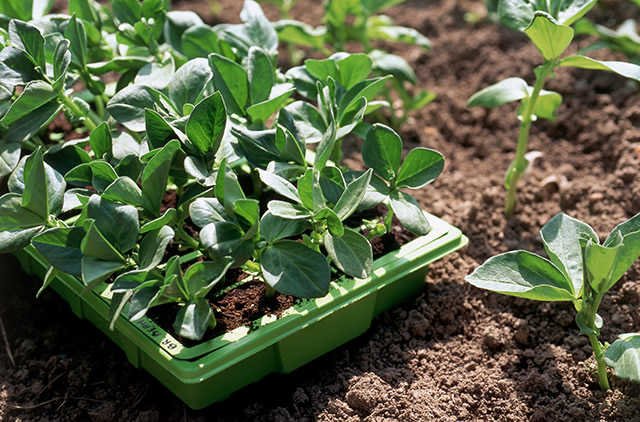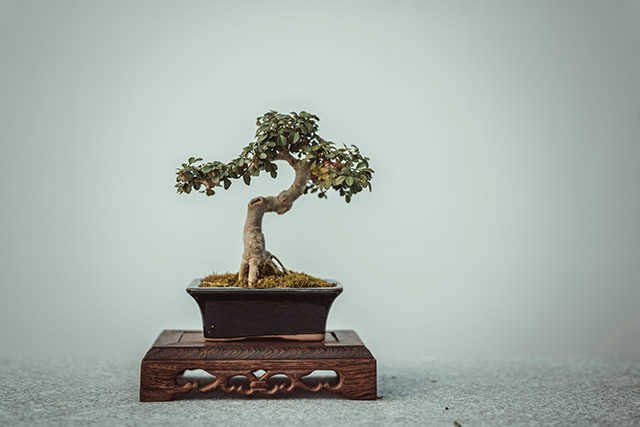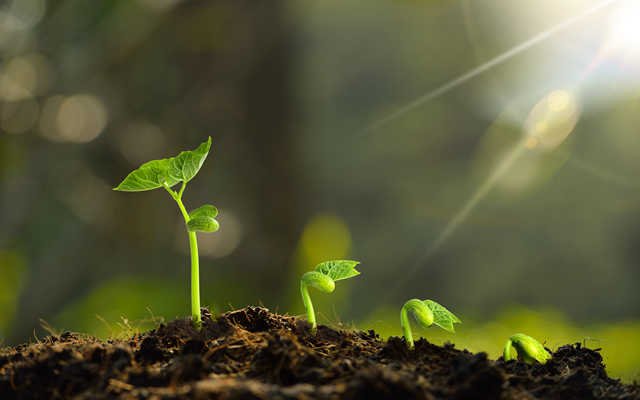Can nutrient soil plant flowers directly? Why do nutritional soil flowers die?
1. Can nutrient soil plant flowers directly?
1. Special Nutritional soil can be used directly
If it is specially bought for a certain flower nutrient soil, it can be directly planted.There are many types of nutrients, and different nutrients are different. For example, there are nutrient soils that are specially planted, nutritional soils with special vegetables, and nutritional soils specializing in orchids.
2. Try to deploy Nutritional soil yourself as much as possible

If you are a novice, try to buy the right soil directly for planting.If it is an old flower friend, you can adjust it reasonably according to the flowers you planted, because the Nutritional soil on the market is very breathable and permeable, and some Nutritional soil fertility is relatively high.The small seedlings are prone to poor raising after planting. It is the best to prepare soil at home. This is the best to prepare soil by yourself. In this way, different soil is adjusted according to the different habits of each flower. It is suitable for its soil.Can make it grow quickly.
2. Why do Nutritional soil flowers die?
1. Inferior Nutritional soil
Nutritional soil can provide nutrition for flowers, which is conducive to the growth of the root system.Nutritional soil can be prepared by itself or purchased in the flower shop, but it is necessary to buy in regular stores.Infinite Nutritional soil, the breathability and drainage of the soil are poor. The use of flowers and plants will affect the growth of the root system of the flower and plant, leading to the death of flowers.Therefore, if you want to buy Nutritional soil, it is recommended to choose a regular merchant to buy inferior Nutritional soil.
2. Inappropriate Nutritional soil
There are many types of nutrient soil, and the soils of different flowers are also different.Common nutritional soils include humus, peat soil, coniferous soil, mountain mud, pond mud and sand soil.Before planting, you need to choose the right soil. For example, you can choose a loose and fertile acidic soil, and you need to use a well -drained alkaline soil.
3. The Nutritional soil carrying germs
Nutritional soil can be prepared by itself, and can be prepared with soil materials such as rotten soil, rotten soil, peat soil, river sand, coconut bran.The preparation of soil needs to be disinfected, it can be treated at high temperature, or can be treated with sterilizers.The soil is not disinfected and sterilized. If a germs are carried, the flowers will die in the later stage.
Third, which soil can be used to grow flowers
1. Garden soil: Garden soil is the soil with ripening in the countryside. The soil is more fertile, contains a certain amount of humus, permeability, fertilization, and water retention.However, after the garden is dry, it is easy to knot, and generally not used alone.
2. Rotten leaf soil: Rotten leaf soil is made of rotten and fermented from the layered of the soil for 1 to 2 years with the layers of the soil. It is rich in organic matter, good permeability, light weight, loose and fertile, good and goodThe water -retaining and Fertilizer capacity is weakly acidic, and is an important raw material for the deployment of Nutritional soil.
3. Mountain mud: Mountain mud is a soil that is mixed with the surface of the hillside after deciduous deciduousness. The organic matter content is high, the soil is loose, the texture is light, and it is slightly acidic.Suitable for planting flowers.
4. Pattore: The peat soil is formed by incomplete underground decomposition of ancient swamp plants. It has good drainage and breathability, strong water retention, high organic matter content, and weak acidity. It is an important raw material for preparing the cultivation soil.
5. Hezha: The permeability of the river sand is good, does not contain Fertilizer, and the germs are neutral. It is one of the main raw materials for the deployment of nutrients.
6. Wood chips: Wood chips are fermented by sawdust. The ventilation and water retention are good, and it contains certain nutrients.
7. Cold residue: The ash residue is light, and the water is permeable and breathable. It can replace the sand soil for cultivation soil materials. It is also a good cuttings.



